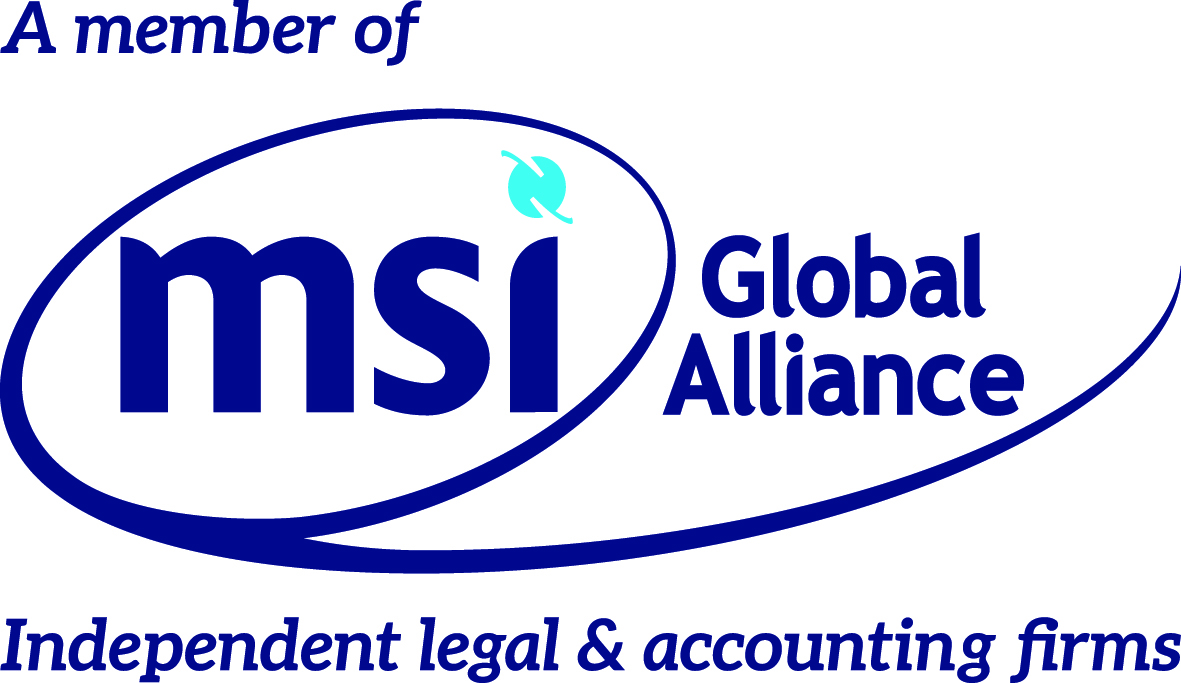While good communication alone may not guarantee the success of a construction project, a lack of communication among the project team will almost always doom a project to failure. With so many moving parts, clear and consistent communication between the owner, contractors, architect, engineers and other consultants is essential to meeting expectations and schedules. Efforts at good construction project communication must be deliberate and robust. As the famous British playwright George Bernard Shaw observed: “The single biggest problem in communication is the illusion that it has taken place.”
This article will address the importance of construction project communication and offer some simple steps to make sure such communication is a reality and not an illusion.
Why Is Communication in Construction Projects Key?
From the initial design concept of the project, through construction and beyond, open communication among the project team members ensures everyone is aligned on project scope, goals, and expectations and potential project obstacles. As the project proceeds, regular communication can prevent costly changes. Most importantly, it allows the opportunity to address issues before they escalate, ultimately reducing claims during construction and ensuring smooth project completion. Strong and open construction project communication sets a tone of collaboration and mutual respect, which allows the team members to work together to problem-solve should any disputes arise. It is important for all team members to say something if they see something. Problems do not get better with age.
With that purpose in mind, here are a few tips project members should follow when communicating throughout the course of a construction project:
4 Tips for Effective Construction Project Communication:
1. Do Not Rely on Oral Communications
Oftentimes, the owner, contractors, subcontractors, architects and engineers on a construction site discuss important project directions, clarifications and changes in-person or on the phone, leaving no record of what was said. While the people involved in these conversations may believe everyone is on the same page, if there is a misunderstanding or dispute down the road, there is no way to know what instructions should have been followed.
Therefore, it is in every team member’s best interest to document these oral communications in a follow-up email, letter or entry on minutes or logs. Courts or arbitrators will give much more weight to written communications as opposed to relying on often conflicting recollections. Simply put, the written record will usually control.
2. Be on the Lookout for “Hidden Communications”
Important communications pertaining to a project can also be “hidden” within other communications such that an important question or clarification is missed completely. For instance, communications requiring a response can be woven in with meeting minutes, responses to RFIs, jobsite logs, emails (even where the main topic of the email is not related to the issue involved) or documents sent to other parties, but which copy the party from which a response is needed. Project members should carefully review everything sent to them to make sure they are not missing any important communications. Again, an arbitrator or judge may be persuaded by communications set forth in a project document that is not challenged by another party.
3. Diligently Respond to Every Communication Received
With each construction project communication received, the party responding should do so in a purposeful and timely manner. This means clearly stating the necessary facts, setting forth the positions being taken on any outstanding issues, referencing any pertinent documents or contracts (including references to specific provisions), clarifying any misunderstandings and asking any follow-up questions as necessary. When in doubt, project members should err on the side of being as thorough as possible in their responses! It is best for a party to try and seize the narrative when preparing the communication.
4. Do Not Ignore Emerging Issues
As with any project, there are bound to be issues that arise during construction. When this happens, it is important said issues are not ignored out of convenience or avoidance. If the project members are not given the opportunity to discuss problems as they arise, they run the risk of a small misunderstanding at the beginning of the project turning into costly litigation when the project is nearly completed. Project team members should also understand when to escalate issues and should get legal advice early on if they have any concerns.
Ultimately, construction is a team effort, and like any team, performance improves when everyone is on the same page. By prioritizing open, clear and consistent communication, the project team can avoid surprises and deliver a successful project for everyone involved.
Want to learn more about construction project communication best practices? Please don’t hesitate to contact a member of Gould & Ratner’s Construction Practice with any questions or to discuss these matters in further detail.






